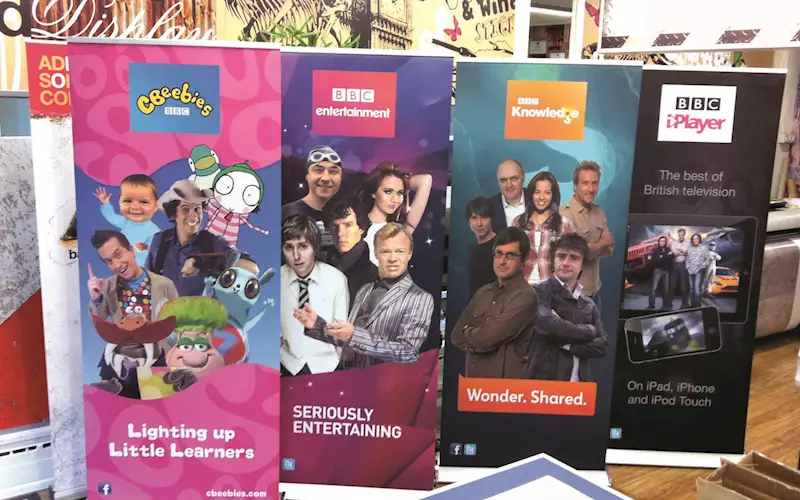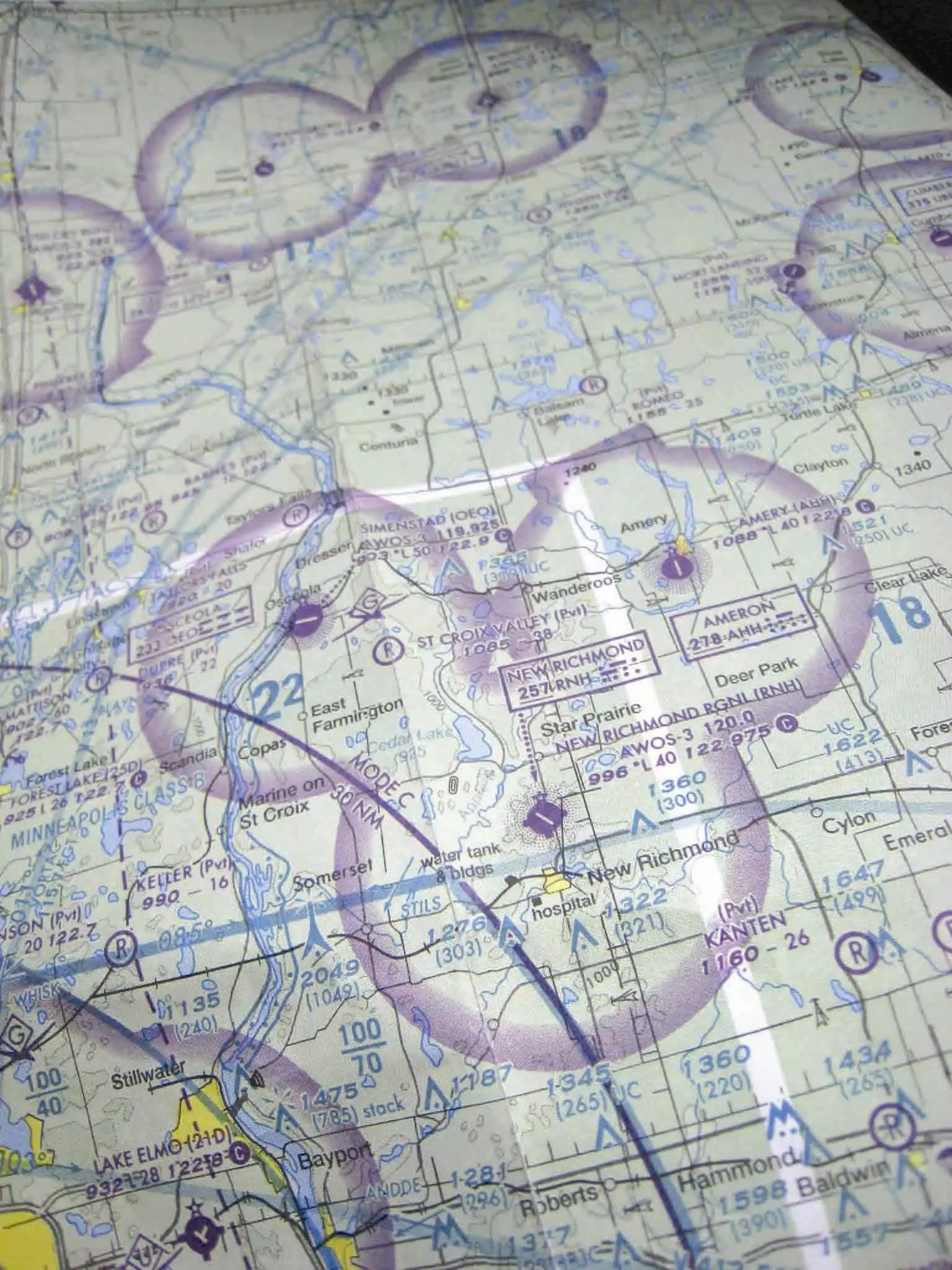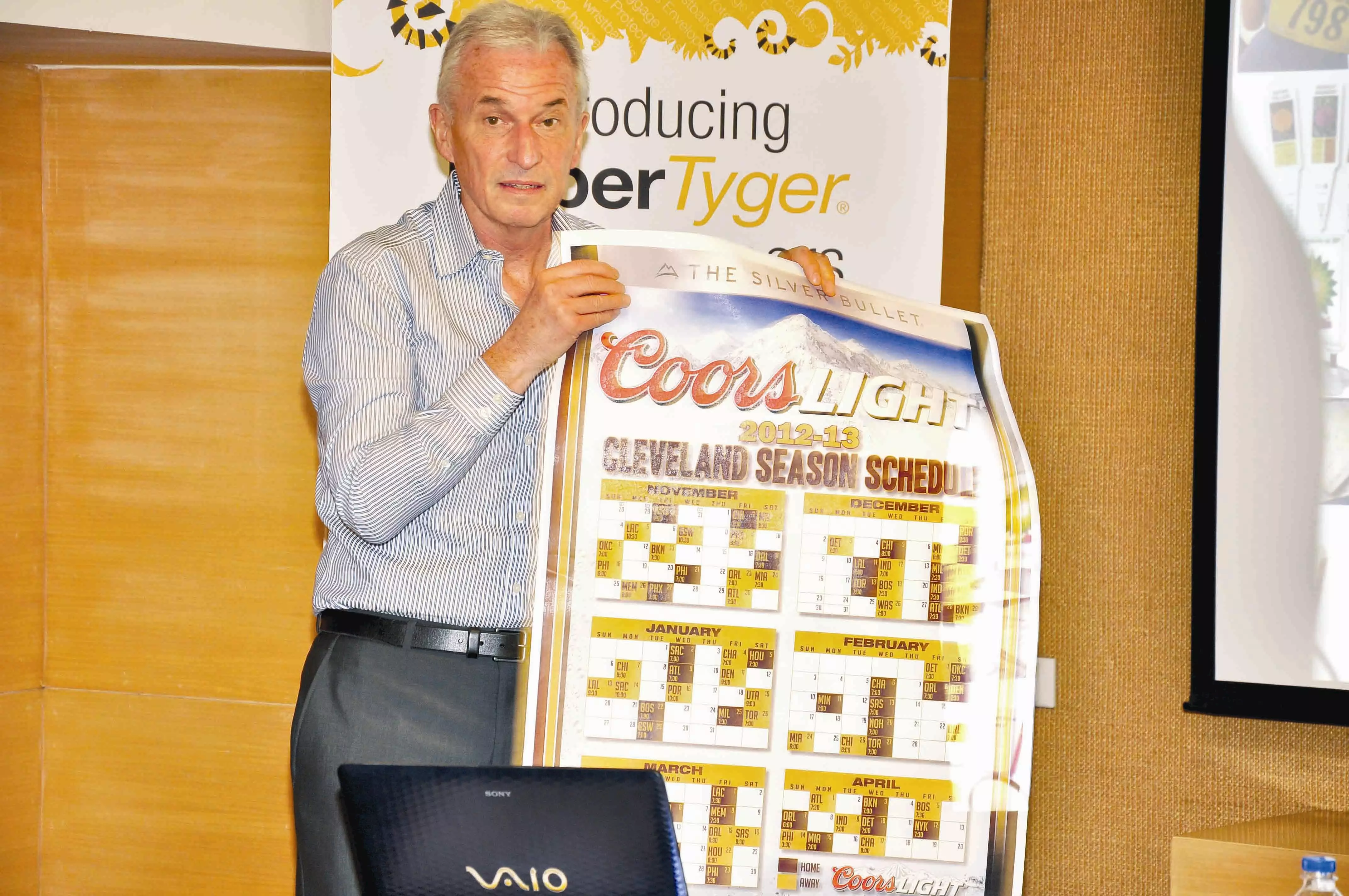PaperTyger
Mumbai-based Srinivas Papers has launched a new durable paper, PaperTyger, in the Indian market. Rushikesh Aravkar looks at the various applications this unique product promises to deliver.
17 Dec 2014 | By Rushikesh Aravkar
Do you use contactless credit card or a Delhi Metro smartcard or a RFID identity card or a RFID driver’s license? If yes, then, your information on these cards is vulnerable to skimming. Don’t panic. PaperTyger’s is here to offer you a solution.
The aptly-named Defender, from PaperTyger’s stable, is “easily printable” and unsurprisingly, aims to protect personal information on contactless credit cards and similar accessories.
Mumbai-based Srinivas Papers launched the PaperTyger range of durable papers, manufactured by Chase Durable Paper Products, in India at the PrintWeek India roundtable, powered by Srinivas Papers and PaperTyger, on the eve of the PrintWeek India Awards.
During the roundtable, David Stedeford, global director, Chase Durable Paper Products, extolled the benefits and diverse applications of PaperTyger.
Defender: integrity guaranteed
Defender is a unique four-ply laminate, comprising paper/film/foil/paper. “The film provides structural reinforcement to maintain the integrity of the foil shielding layer during conversion and use. The film can be designed to add durability, if needed. The paper on both sides provides superior printing and converting and ease of card insertion and removal,” says David Stedeford, global director, Chase Durable Paper Products.
It provides effective shielding and a barrier which impedes communication between a RFID reader and credit/debit cards or similar contactless chip devices. And so, it shields information from possible theft.
It can be fabricated into envelopes or paper sleeves so that its security barrier can protect sensitive information, contained on the card’s RFID chip, during storage and transport.
Durable uncoated paper
Paper Tyger’s range of uncoated paper can be used for more common applications, such as tags, labels and envelopes, as the uncoated paper offers water- and tear-resistance.
How so?
Stedeford explains, “Paper Tyger is a laminate – paper/plastic/paper. It is a combination of two papers, with a film in between. This makes the paper as sturdy as any synthetic material.”
The plastic inner layer provides a good degree of tear strength and water resistance. It is a bi-axially oriented polypropylene film with D2W additives, which make it oxy-biodegradable.
Oxo-degradable films degrade anywhere in the presence of oxygen without sacrificing strength or durability. A small amount of additive is used in the extrusion process that, depending on amount used, will control the life of the film so that it degrades from months to a few years.
“The life of this product depends on how long we want it to live. This can be decided at the time of manufacturing. The additive starts the process of breaking down the polymer after minimum 30 months,” says Stedeford.
It uses a solventless or 100% solids technology for lamination of FSC certified uncoated papers and oxy-biodegradable film, which eliminates the need of ovens to cure or burn off solvents and does not use water-based adhesives, as a result of which the laminated papers are more stable, stay flat and add green credentials to the users’ name.
Printability
Stedeford, says, “One of the most significant advantages of PaperTyger products is the ease of printing. There are no special inks or set ups required and no prolonged drying times. PaperTyger can be offset litho printed using conventional inks.”
It can be litho pre-printed then laser secondary printed for applications where variable print at point of use is required. It is a robust media for short-term outdoor and long indoor applications.
“If you are a printer and you want to print a paper substrate but need to offer your customer a durable product, you can print PaperTyger conventionally, without worrying about ink, set-ups, etc,” he adds. “This way you can offer a durable product without using non-woven substrate and print and convert it in-house.”
It is available in weights ranging from 65gsm to 200gsm, and from translucent papers to ultra white. The UltraWhite range of premium printing paper is designed to withstand the heat of digital or laser printing and high speed copiers.
Applications
When it comes to putting this unique product to use, there is a plethora of applications that one can think of, depending on the requirement of durability, eco-friendliness and graphics.
Stedeford says, “It is an excellent substrate for indoor signage. Many a times, flex banners or posters or standees are used for indoor applications. In such cases, there is a reflection, which hinders visibility. With PaperTyger there is no reflection.”
(Refer to box item for more applications)
Market positioning
The company positions PaperTyger between highly durable non-woven synthetics like polyester or flex (and Tyvek, which is a hybrid) and heavy duty papers.
“When performance is important, synthetic is niche and when cost is the concern, paper is the obvious choice. But in cases where strength is important and value pricing is the key, PaperTyger is the way to go,” says Stedeford.
In August 2014, PaperTyger passed HP Indigo tests on its three grades: 100gsm (27#), 150gsm (54# 7PT) and 200gsm (74# 9.5PT). “We received 3-stars across the board for all grades, which is the highest score you can receive,” he adds.
|
Tags and labels: Being water- and tear-resistant, PaperTyger is ideal for luggage tags and cargo labelling. Visual communications: The digital papers offer many opportunities for short-run and wide range digital-based promotional media. It is economical and easy to convert and print, compared to traditional synthetics and vinyl, for posters, banners and flyers. Map publishers: All the advantages of PaperTyger are the key for this application and it is cheaper both in the material and printing costs compared with traditional synthetics. Envelopes and mailing solutions: To make an impression and guarantee that the documents arrive, safe and secure. General graphics: Calendars, training manuals, membership cards, book covers, diplomas and permits are all examples where PaperTyger can be actively used. As a paper/film/paper laminate from a price performance and ecological position, PaperTyger offers a competitive alternative to traditional synthetics. Marketing and promotions: Says Stedeford: “In the competitive automobile industry, Mercedes, Ford and Audi chose PaperTyger to go to market and impress their clients. This targeted initiative in a specific market sector has been very successful and will be replicated globally.” RFID shielding: Defender provides effective shielding for data and information from possible theft. |


















 See All
See All